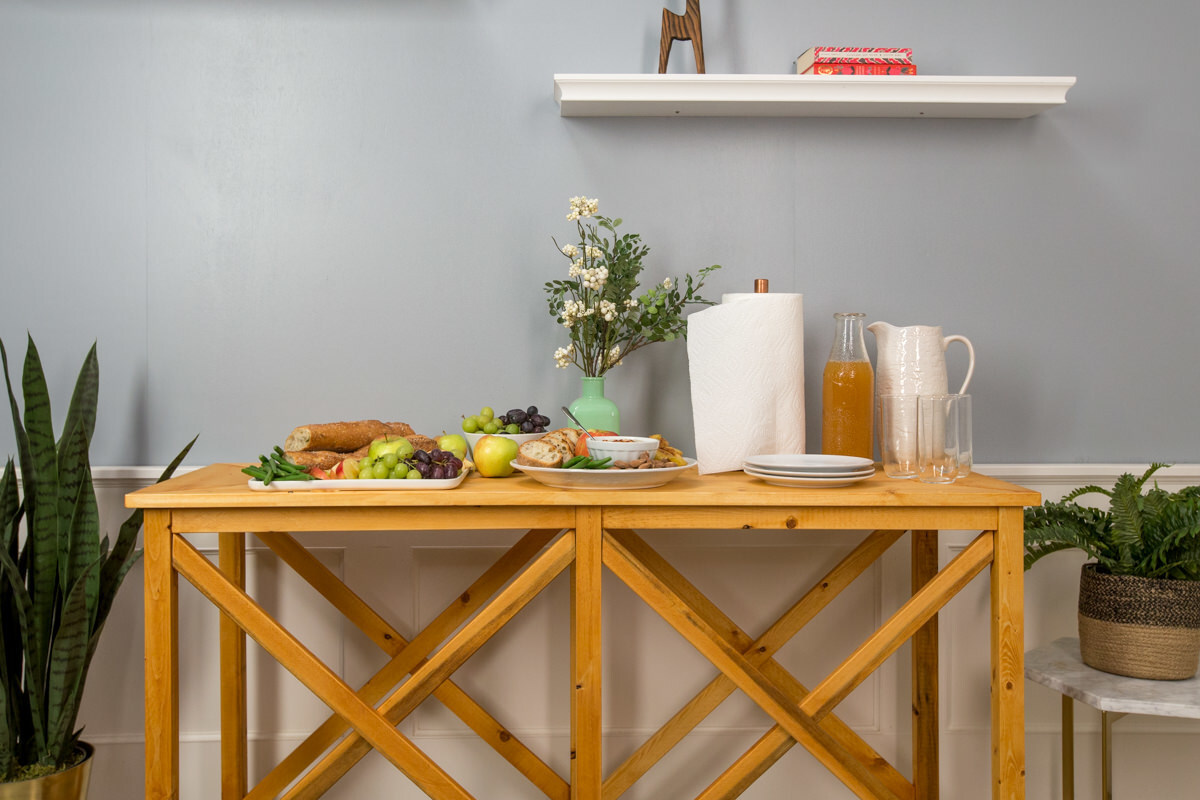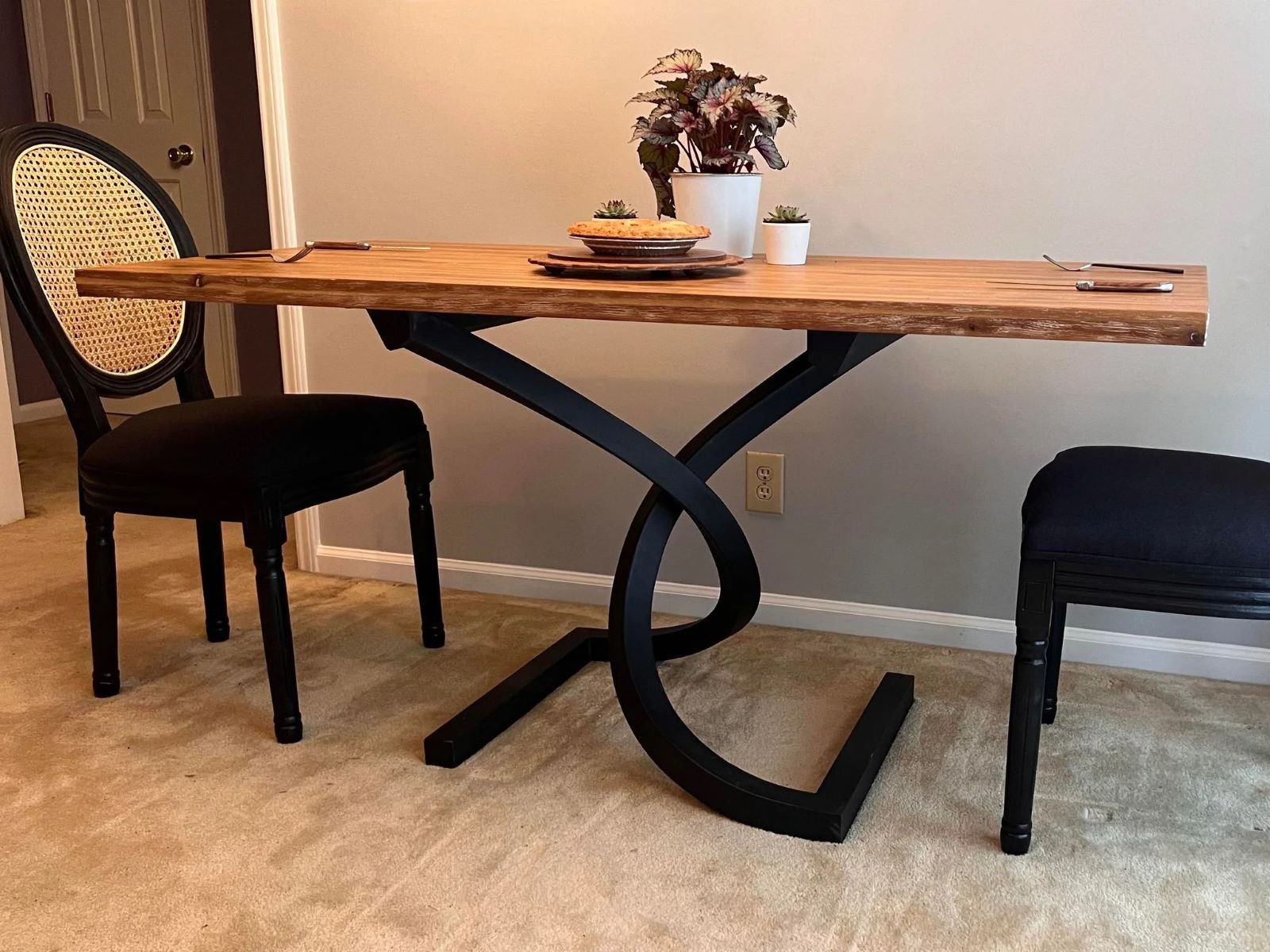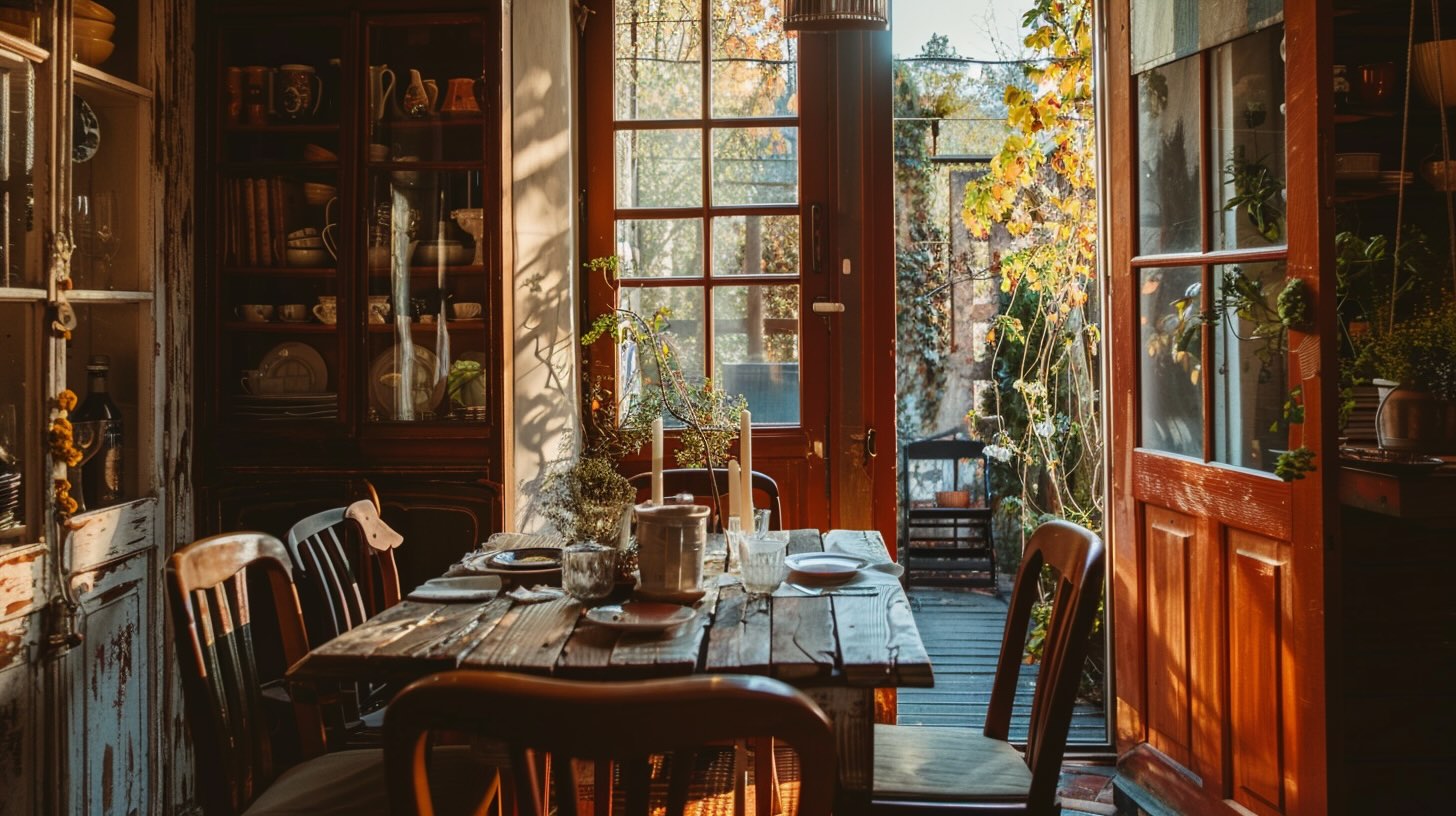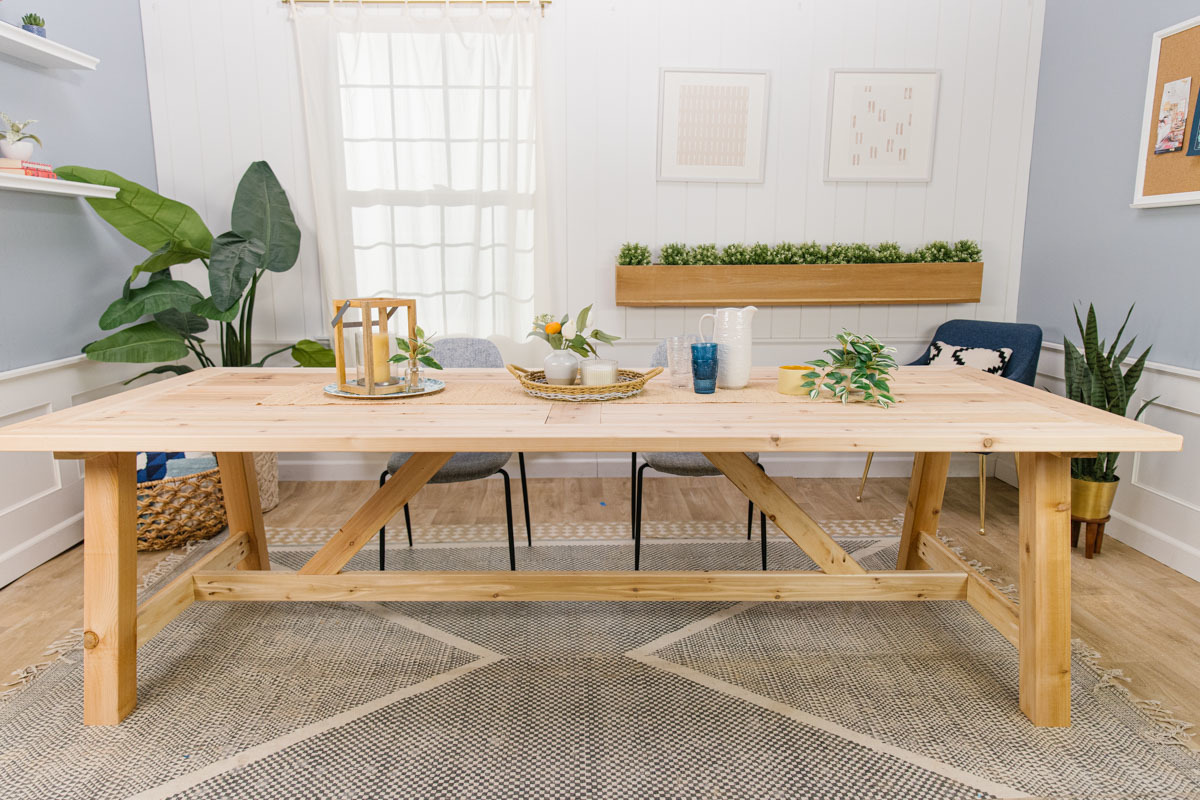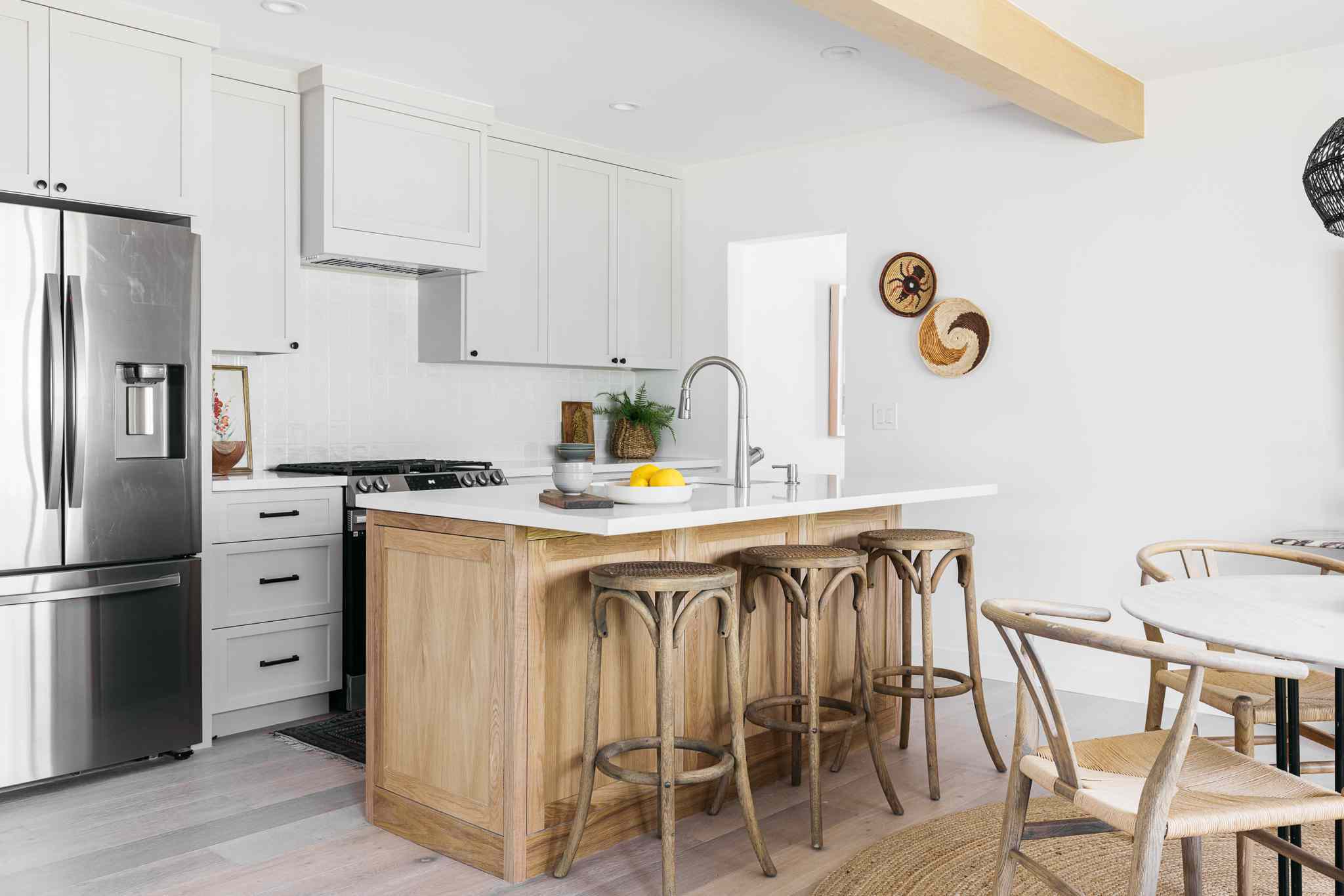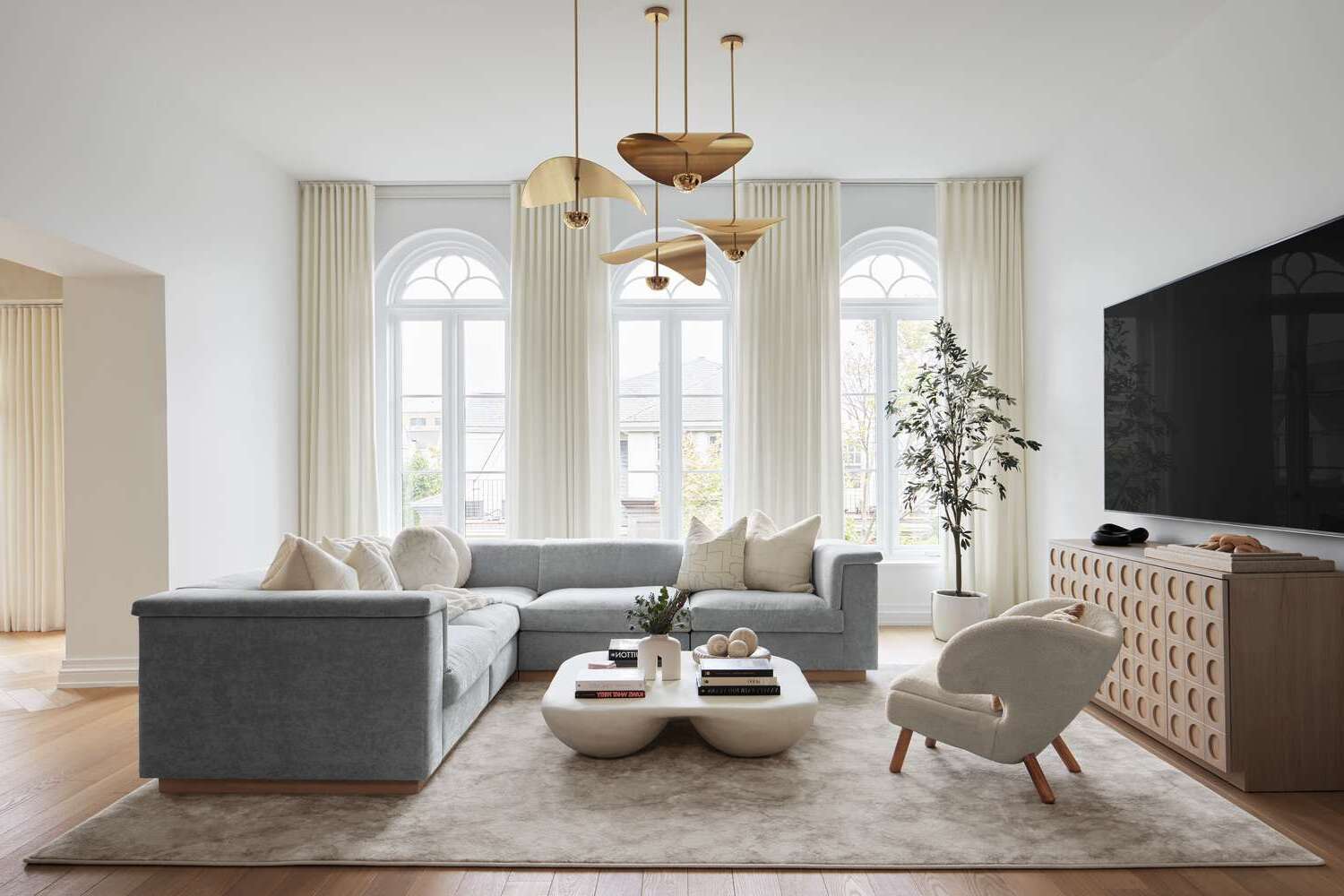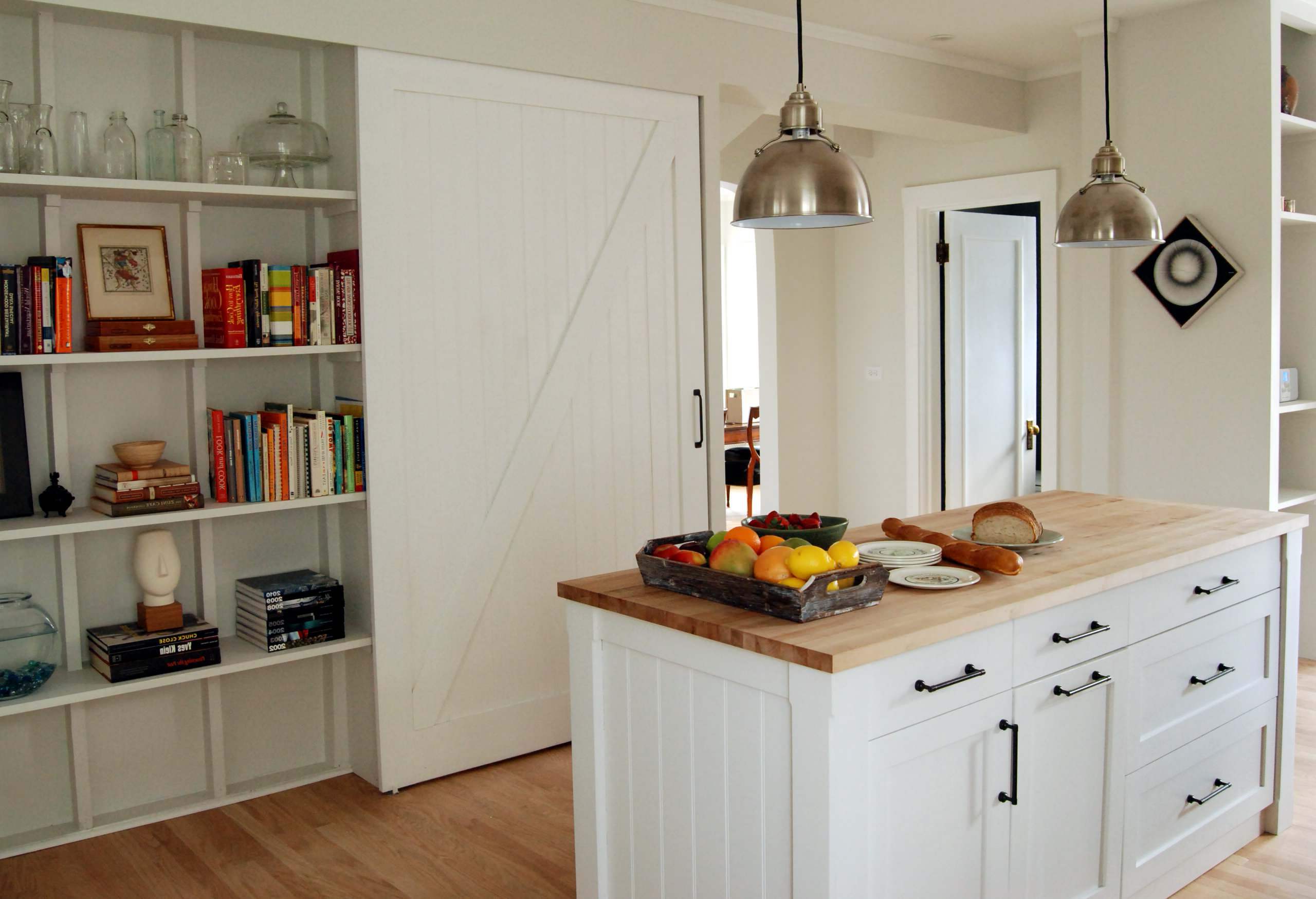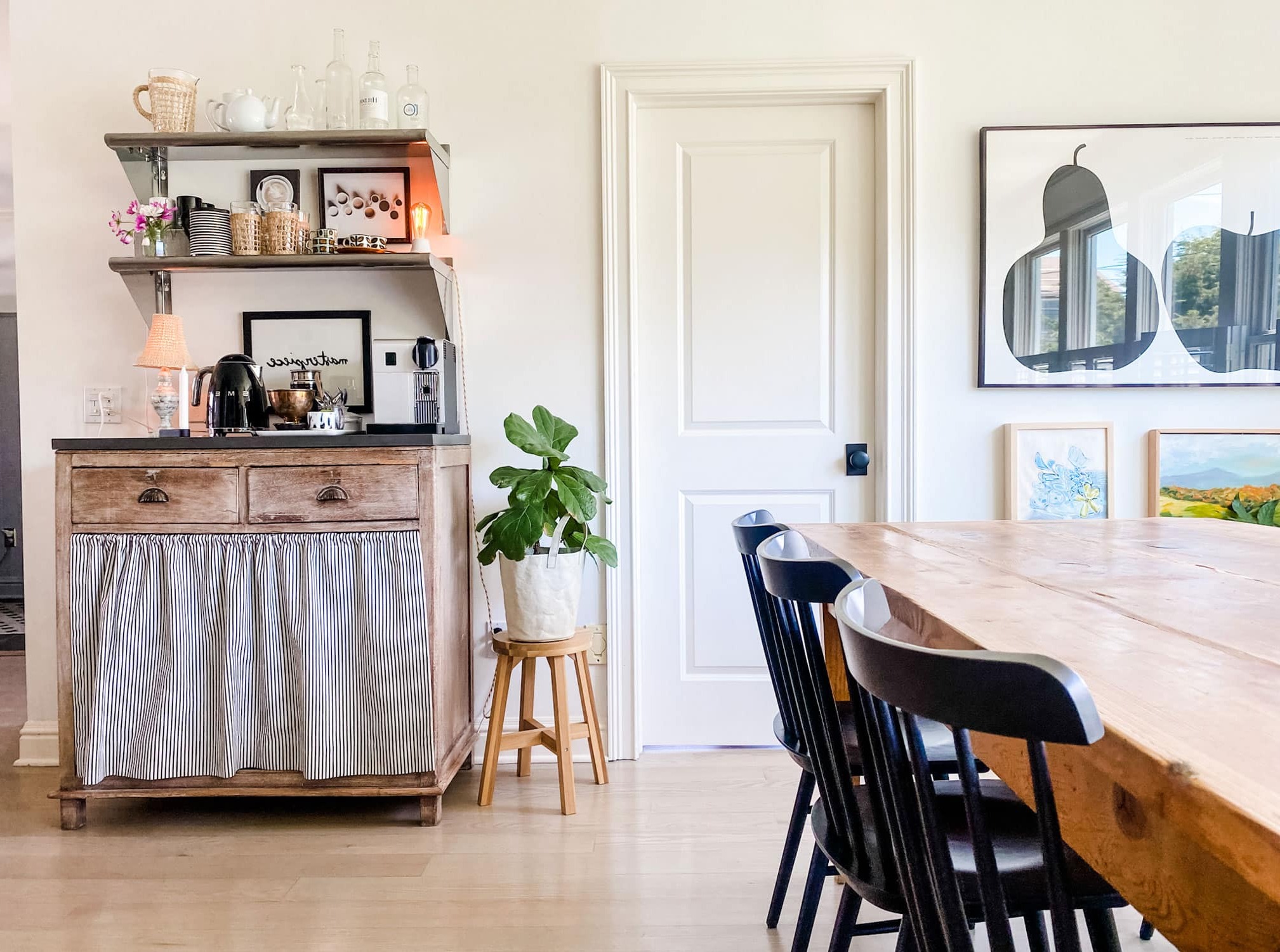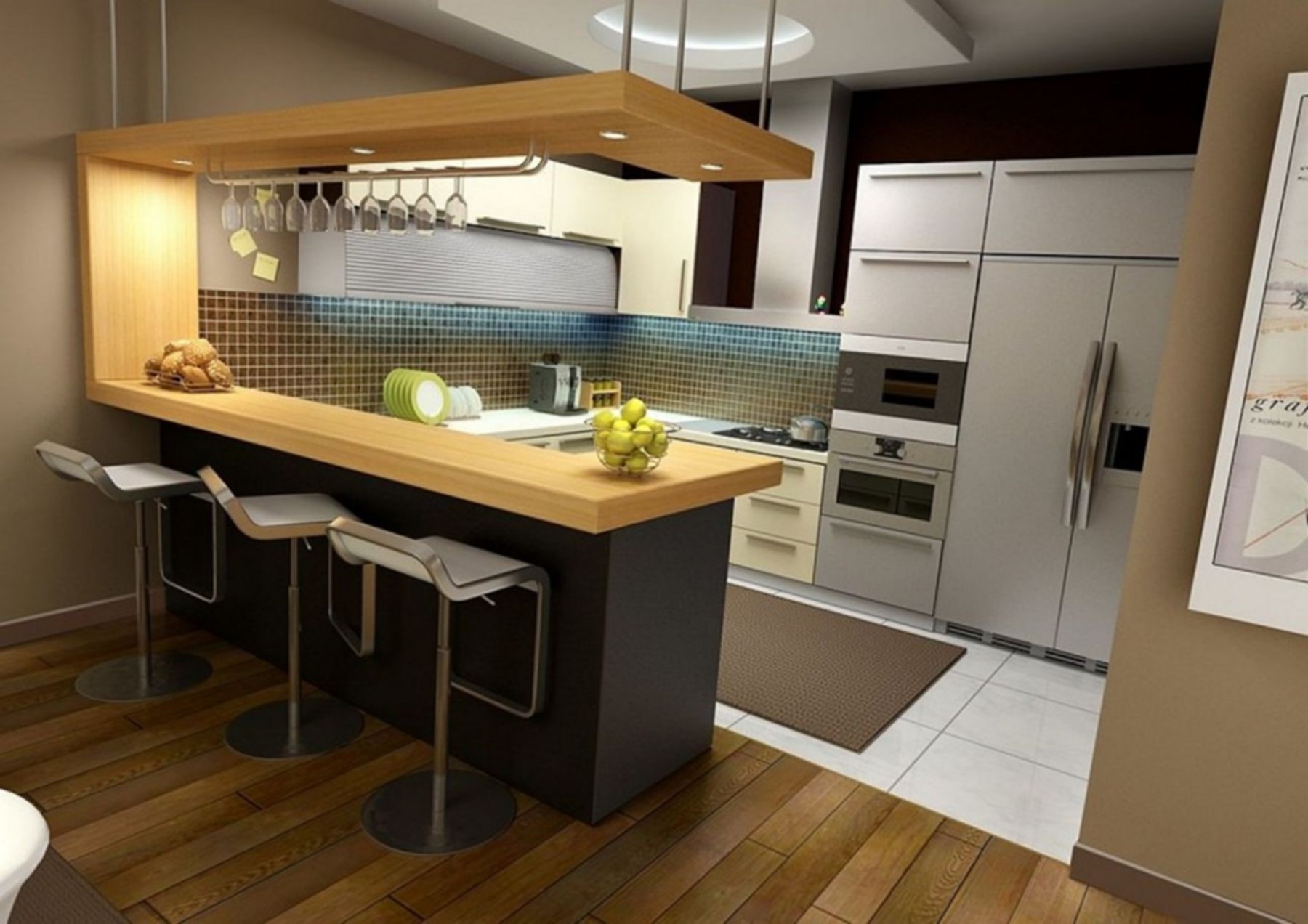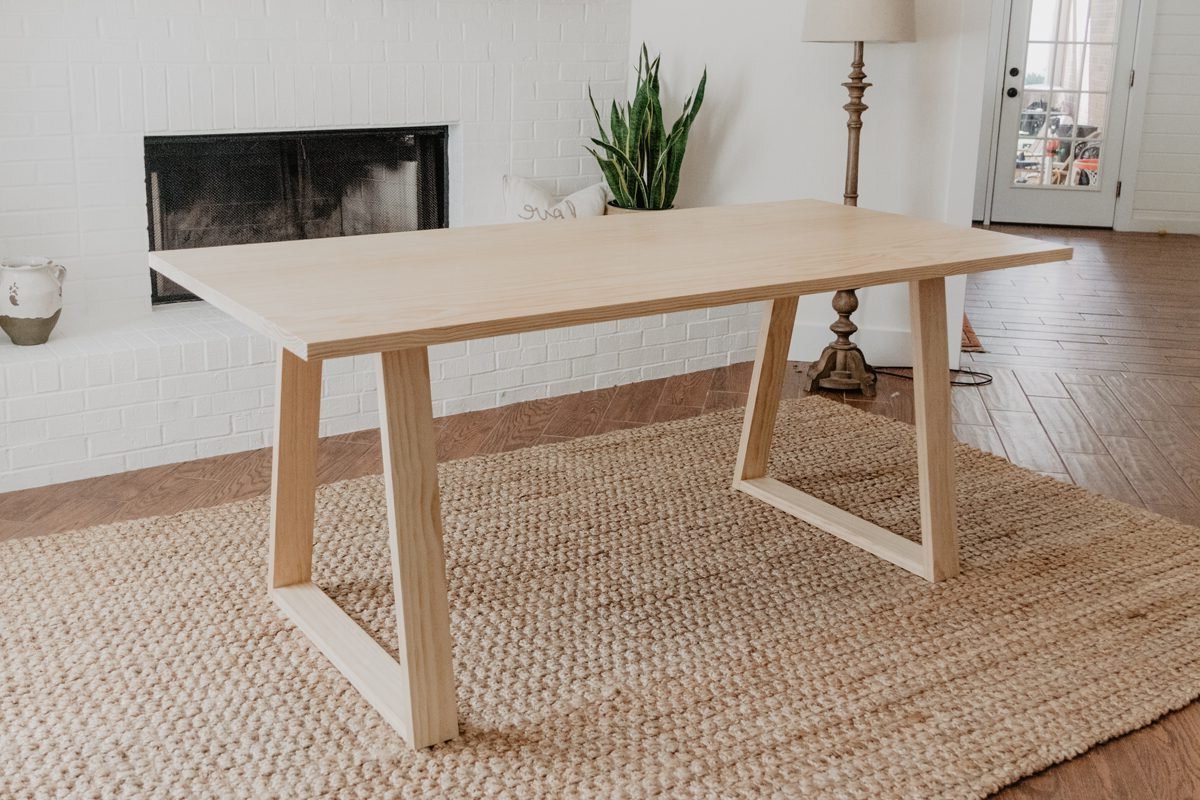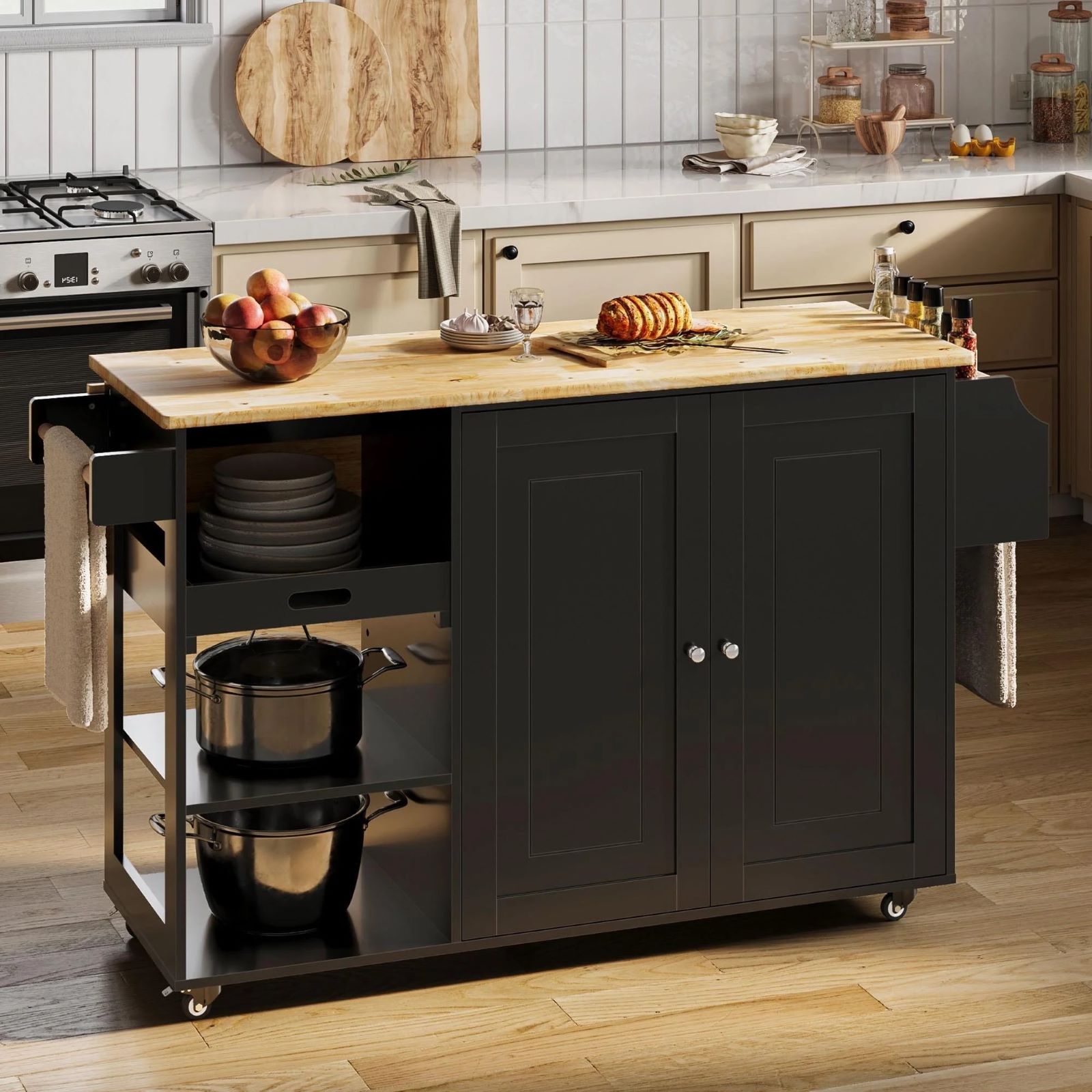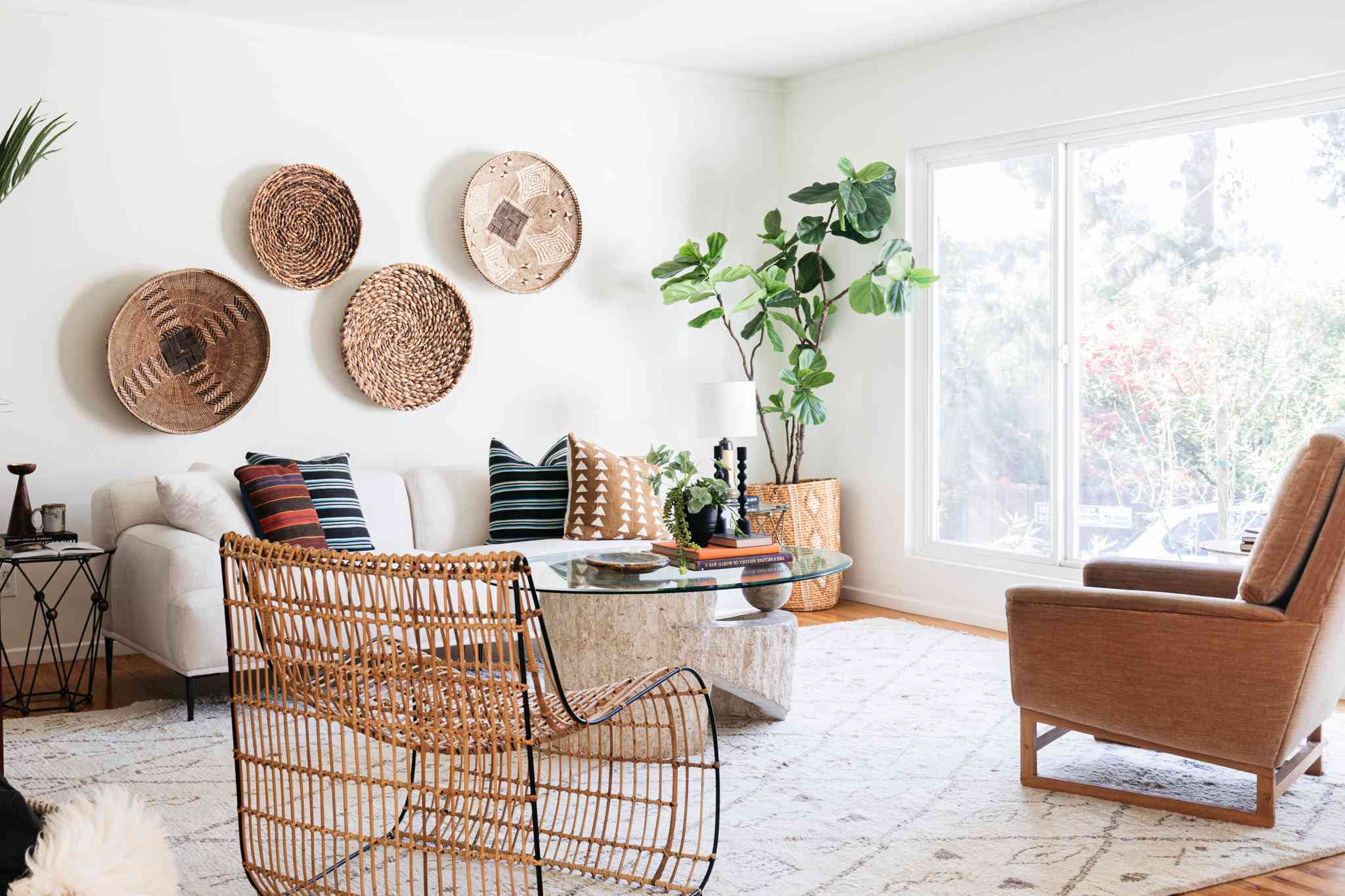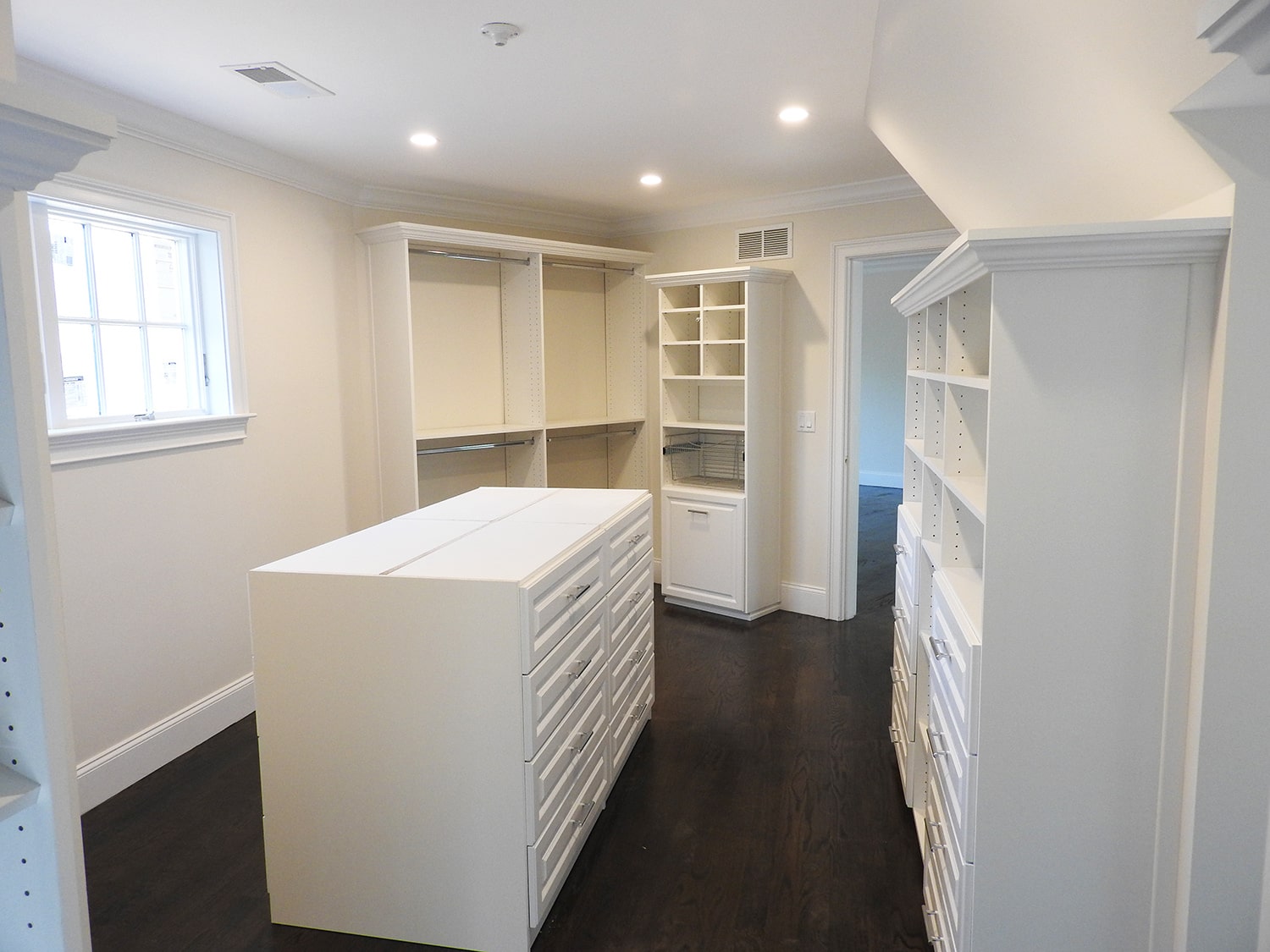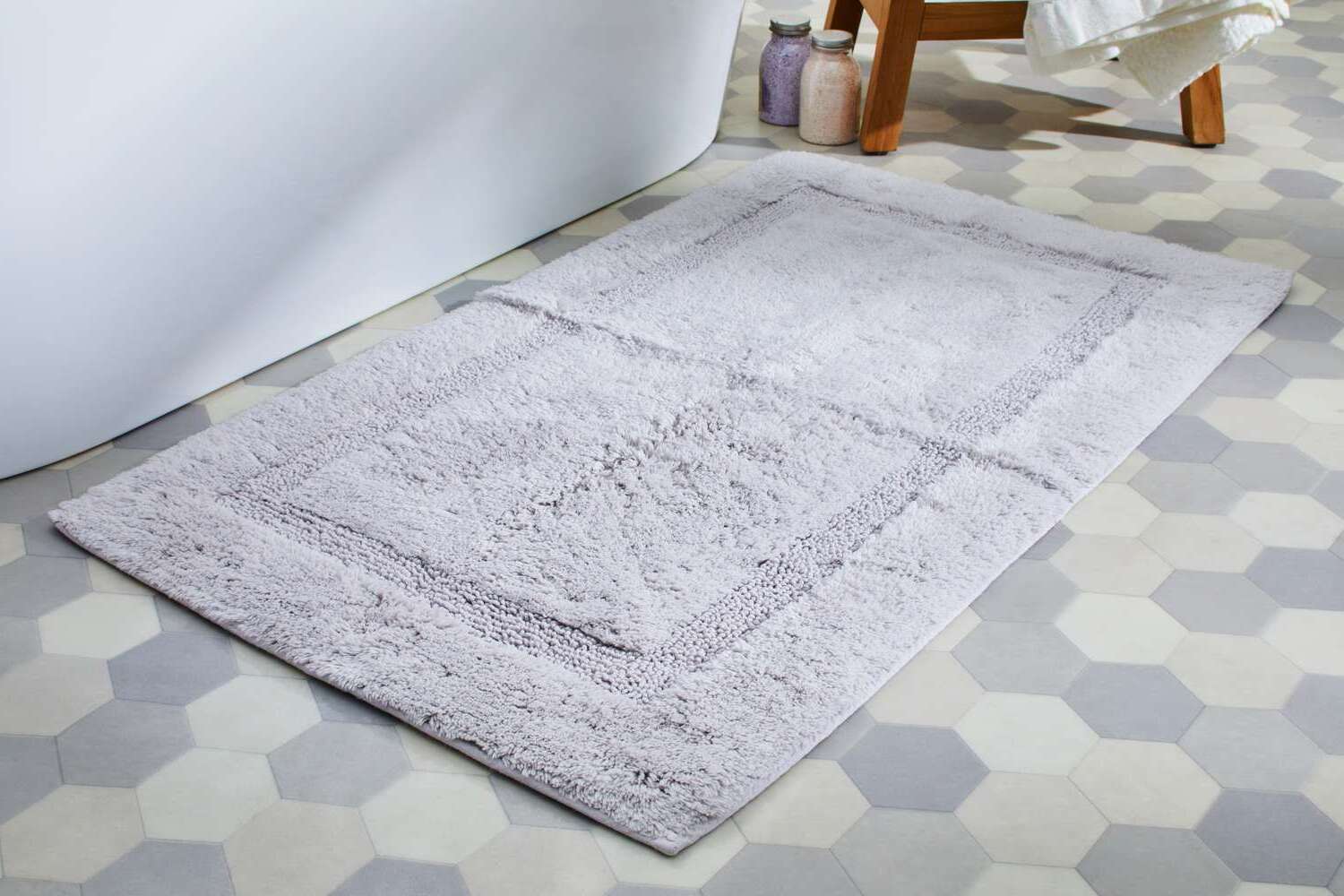Home>Create & Decorate>DIY & Crafts>DIY Coffee Table: Create Your Own Stylish And Functional Piece
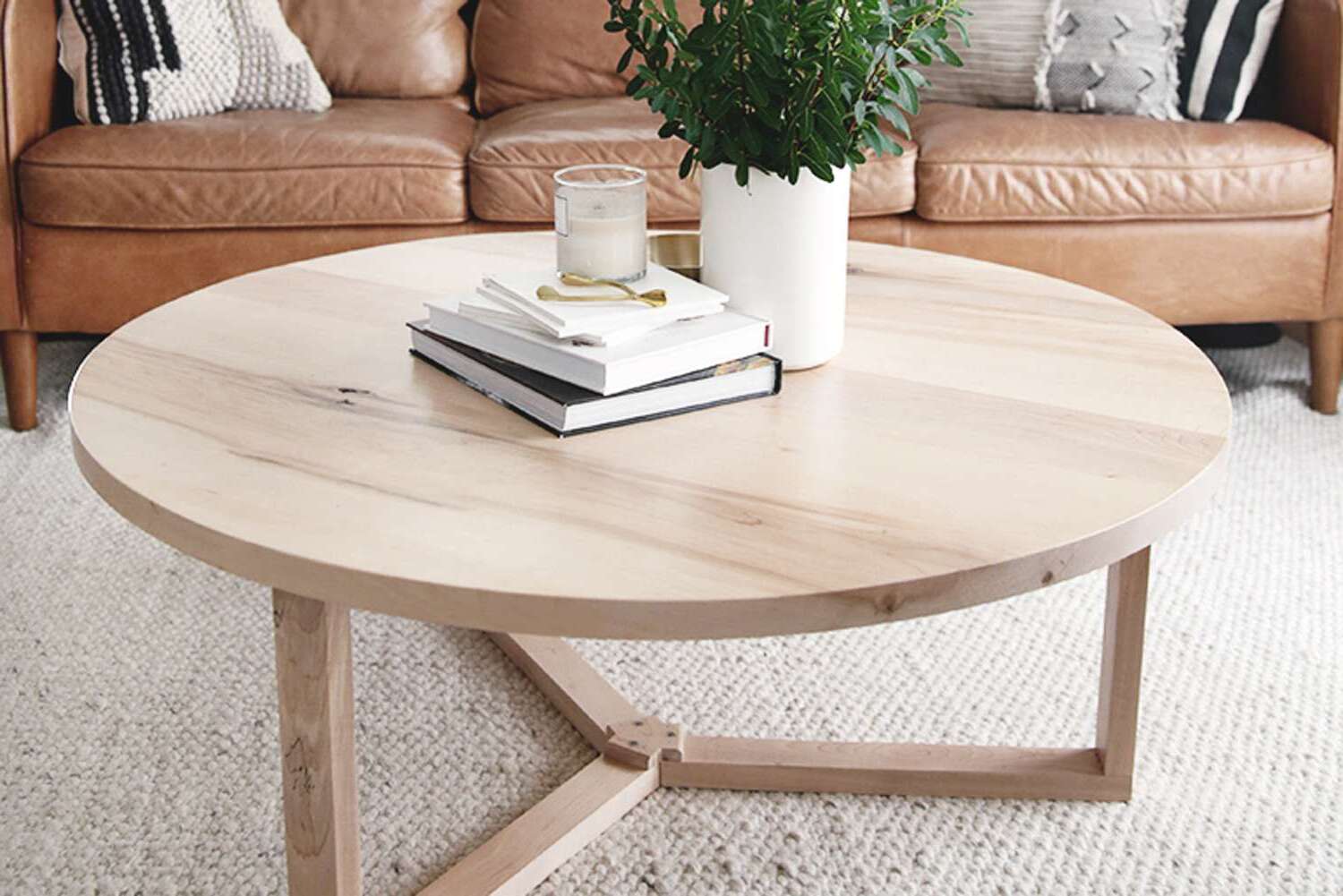

DIY & Crafts
DIY Coffee Table: Create Your Own Stylish And Functional Piece
Published: April 8, 2024

Senior Editor in Create & Decorate, Kathryn combines traditional craftsmanship with contemporary trends. Her background in textile design and commitment to sustainable crafts inspire both content and community.
Discover how to make a unique DIY coffee table with our easy-to-follow crafts guide. Create a stylish and functional piece for your home today!
(Many of the links in this article redirect to a specific reviewed product. Your purchase of these products through affiliate links helps to generate commission for Twigandthistle.com, at no extra cost. Learn more)
Introduction
Are you looking to add a touch of style and functionality to your living space? A DIY coffee table might just be the perfect project for you. Creating your own coffee table allows you to customize it to fit your personal style and the specific needs of your space. Whether you're a seasoned DIY enthusiast or just starting out, building a coffee table can be a rewarding and enjoyable project. In this article, we'll guide you through the process of creating a stylish and functional coffee table that will be the perfect addition to your home.
Read more: How to Build a Stylish DIY Coffee Table
Choosing the Right Materials
When it comes to building a DIY coffee table, selecting the right materials is crucial to the success of your project. Here are some key factors to consider when choosing the materials for your coffee table:
-
Wood Type: The type of wood you choose will greatly impact the overall look and durability of your coffee table. Hardwoods such as oak, maple, or walnut are popular choices for their strength and attractive grain patterns. If you prefer a more rustic look, reclaimed or pallet wood can add character to your table.
-
Hardware: Selecting the right hardware, such as screws, brackets, and hinges, is essential for ensuring the stability and longevity of your coffee table. Opt for high-quality hardware that complements the style of your table and provides the necessary support.
-
Glass or Metal: If you're considering incorporating glass or metal into your coffee table design, be sure to choose materials that are suitable for DIY projects. Tempered glass is a safe and durable option, while metal components can add a modern touch to your table.
-
Finishing Materials: Whether you prefer a natural wood finish, a painted surface, or a protective sealant, choosing the right finishing materials is essential for achieving the desired aesthetic and durability of your coffee table.
By carefully considering these factors and selecting high-quality materials, you can ensure that your DIY coffee table not only looks great but also stands the test of time.
Designing Your Coffee Table
Designing your coffee table is where you can let your creativity shine. Whether you prefer a sleek and modern look or a more rustic and traditional style, there are endless design possibilities to explore. Here are some key considerations to keep in mind as you plan the design of your DIY coffee table:
-
Size and Shape: Determine the ideal size and shape of your coffee table based on the available space in your living area. Consider the dimensions of your sofa or seating arrangement to ensure that the table complements the room without overwhelming it.
-
Storage Options: If you're looking to maximize functionality, consider incorporating storage features into your coffee table design. This could include built-in shelves, drawers, or a lift-top mechanism for hidden storage space.
-
Leg Style: The style of the legs can significantly impact the overall aesthetic of your coffee table. Whether you opt for tapered legs for a mid-century modern vibe, hairpin legs for an industrial look, or a solid pedestal base for a classic touch, the choice of leg style can enhance the visual appeal of your table.
-
Surface Design: The tabletop surface provides an opportunity to showcase your personal style. Consider adding decorative elements such as inlaid patterns, a herringbone design, or a distressed finish to create visual interest and uniqueness.
-
Functionality: Think about how you typically use your coffee table. If it's a gathering place for family game nights, consider a durable and easy-to-clean surface. If you often use it for dining in front of the TV, a larger surface area may be beneficial.
By carefully considering these design elements, you can create a coffee table that not only reflects your personal style but also meets the specific needs of your living space. Whether you prefer a minimalist design or a statement piece, the design phase is where you can truly make your coffee table your own.
Building and Assembling Your Coffee Table
Once you have selected the materials and finalized the design for your DIY coffee table, it's time to roll up your sleeves and start the building process. Here's a step-by-step guide to help you bring your coffee table to life:
-
Prepare the Materials: Gather all the necessary materials and tools, including the wood, hardware, screws, drill, saw, sandpaper, and wood glue. Having everything organized and within reach will streamline the building process.
-
Cutting the Wood: Use a saw to cut the wood according to the dimensions specified in your design plan. Take precise measurements and use a straight edge to ensure clean and accurate cuts.
-
Assembling the Frame: Begin by assembling the frame of the coffee table. Use wood glue and screws to join the pieces together securely. A clamp can be helpful to hold the pieces in place while the glue sets.
-
Attaching the Legs: If your design includes separate legs, it's time to attach them to the frame. Ensure that the legs are level and securely fastened to provide stability to the table.
-
Adding the Tabletop: Once the frame and legs are assembled, it's time to attach the tabletop. Use screws to secure the tabletop to the frame, ensuring that it is centered and level.
-
Sanding and Smoothing: After the basic structure is assembled, use sandpaper to smooth out any rough edges and surfaces. This step is crucial for achieving a professional and polished look.
-
Applying Finish: Depending on your design preferences, apply the chosen finish to the coffee table. Whether it's a stain, paint, or clear sealant, follow the manufacturer's instructions for the best results.
-
Final Assembly: If your coffee table includes any additional features such as drawers or shelves, now is the time to install them. Ensure that all components are securely attached and functioning as intended.
-
Quality Check: Before declaring your coffee table complete, perform a thorough quality check. Test the stability, inspect the finish for any imperfections, and make any necessary adjustments.
By following these steps and taking your time to ensure precision and attention to detail, you can successfully build and assemble a beautiful and functional coffee table that will be a standout piece in your home.
Finishing Touches and Customization
After the construction phase, the finishing touches and customization are where you can truly make your DIY coffee table unique. Here are some essential steps to add those final details and personalize your creation:
-
Staining or Painting: Depending on the desired look, you can choose to stain the wood for a natural finish or paint it to complement your existing decor. Apply the stain or paint evenly, following the wood grain for a professional appearance.
-
Sealing the Surface: To protect the wood and enhance its durability, apply a clear sealant or polyurethane finish. This not only adds a layer of protection but also brings out the natural beauty of the wood grain.
-
Hardware and Accents: Consider adding decorative hardware such as drawer pulls, knobs, or metal accents to elevate the visual appeal of your coffee table. Choose hardware that complements the overall design and adds a touch of personality.
-
Custom Engravings or Inlays: If you're feeling particularly creative, consider adding custom engravings or inlays to the tabletop surface. This could be a meaningful quote, a geometric pattern, or a personalized design that adds a unique touch to your coffee table.
-
Incorporating Glass or Metal: If your design allows for it, incorporating glass panels or metal accents can add a modern and sophisticated element to your coffee table. Ensure that these materials are securely attached and complement the overall design aesthetic.
-
Adding Protective Feet: To prevent scratches and damage to your floors, consider adding protective feet to the bottom of the table legs. These can be in the form of adhesive felt pads or metal caps, depending on the style and function you prefer.
-
Personalized Touches: Whether it's a subtle monogram, a carved initial, or a meaningful symbol, adding a personalized touch to your coffee table can make it truly one-of-a-kind. This could be a family crest, a significant date, or any other element that holds personal meaning.
By paying attention to these finishing touches and customization options, you can transform your DIY coffee table into a stunning and personalized piece that reflects your style and creativity. These details not only enhance the visual appeal but also add a sense of pride and accomplishment to your DIY project.
Read more: DIY Door Table Ideas
Conclusion
In conclusion, creating your own DIY coffee table is a fulfilling and rewarding endeavor that allows you to showcase your creativity and craftsmanship. By carefully selecting the right materials, designing a table that fits your style and space, and meticulously building and customizing it, you can craft a unique piece of furniture that adds both functionality and aesthetic appeal to your home. Whether you opt for a sleek modern design, a rustic farmhouse style, or a personalized creation, the process of building a coffee table provides an opportunity for self-expression and the satisfaction of bringing a practical yet stylish piece into your living space. With the right tools, materials, and a dash of creativity, you can embark on this DIY journey and create a coffee table that becomes a focal point in your home, reflecting your individuality and DIY prowess.

